While it’s important not overly to stress about your baby’s damp diapers, you do need to keep an eye on how often they urinate and how much. Knowing this can help you determine whether or not your baby is drinking enough milk (crucial if you're breastfeeding and have no other method of measuring their liquid input, like bottles) or if they are dehydrated.
Worried about all of this and more? Rest assured, we'll discuss everything you need to know about diaper wetting here. So, let’s dive right into the world of wet diapers!
What Exactly Is Diaper Wetting?
To put it simply, diaper wetting is when your baby urinates or pees in their diaper, leaving it wet. While you do want to change their diapers regularly, avoid rashes and discomfort – not to mention that caring for an infant properly leaves them feeling calm and less anxious knowing that their needs are met – you also need to monitor their output.
Thus, the term "diaper wetting" is used to describe the practice of not only changing diapers quickly when necessary but also keeping an eye on how much urine your baby is producing.
Why Do I Need to Check My Baby's Diapers?
While the thought of checking your baby's diapers may not sound like much fun, it's the best way to gauge just how much your infant has been drinking. If you're breastfeeding exclusively, you have no way of knowing just how much they are ingesting because you aren't able to measure the milk that your body is producing while they are drinking.
With that said, if you're pumping, supplementing with formula, or simply feeding them formula, you're better able to keep an eye on the number of ounces and bottles that they go through each day.
Why does this matter? Simple – dehydration is terrible for anyone, but especially for babies. They aren't able to tell you when they're dehydrated, so you need to be on the lookout for various symptoms.
Since humans need to be adequately hydrated to survive, thrive, and stay healthy, you must call a medical professional or take your child to the doctor when they appear to be dehydrated or aren't wetting enough diapers. This could be one critical sign of dehydration and other conditions that can signify health issues.
What Are the Signs of Dehydration?
Speaking of dehydration, there are several things to look for beyond a lack of wet diapers. These include:
- A sunken soft spot
- An inability to produce tears when crying
- A dry mouth
- Either fewer bowel movements or diarrhea (which may be a cause of the dehydration)
- Eyes that are sunken and surrounded by dark circles
- Dry, wrinkled skin
- Fussiness and extreme sleepiness
- Hands and feet that are either discolored, cold, or both
- Decreased interest in playing
If you notice any of these symptoms, combined with a lack of wet diapers, it's essential to get some milk or formula into your child and seek medical care.
How Wet Should Their Diapers Be?
Age determines just how wet a baby's diaper should be. It also dictates just how many wet diapers they produce in a day. Keeping an eye on both of these numbers, the amount of urine, and the diapers themselves is the key to knowing just how hydrated your infant is on any given day.
Newborns
For the first week, newborns often produce fewer wet diapers than they will as they get a little older. They should have one wet diaper during the first 24 hours after they are born, followed by at least two on day two. From there, the number of diapers will go up at the rate of one per day until day six. After that, you can expect between six and eight wet diapers every day until they are a few months old.
Remember that your infant's bladder is tiny and that their first few wet diapers may contain a substance called brick dust urine, which is red, pink, or orange and kind of powdery. This is due to the urate crystals within their urine. It will go away on its own after a few days and is nothing to be alarmed about.
As far as amounts are concerned, you can expect to see between one-half and one ounce of urine with each diaper change. In order to test this out, before your child is born, take two diapers and measure out both amounts (one-half ounce and one ounce) of water, then pour them onto the diaper. Pay attention to how it seeps into the lining of the diaper so that you know just how wet your child's diapers are. This is a great practice tip, so you’ll be a damp diaper pro when your precious one arrives!
Older Babies
Over time, babies will wet fewer diapers. This is because their bladders grow in relation to their size, leaving them able to hold more urine before needing to pee. With that said, you can still expect to see between five and six wet diapers per day until your child is a year old. All of the other expectations, including urine color, the amount of urine (you'll see that one half to one ounce grow to two ounces over time), are still the same. You'll just need to carry fewer diapers in your diaper bag.
Is There a Difference Between Cloth and Disposable Diapers?
When it comes to urine output, both cloth and disposable diapers will do the job of collecting the liquid and preventing it from leaking out (at least, you hope that they don't spring any leaks.) The main differences lie in how much urine the diaper can hold, whether it will change color when urine is detected, and the overall makeup up the diaper itself, as cloth ones are reusable and washable, while disposable ones are obviously not.
Disposable diapers often come with a built-in indicator to let you know if your baby has peed or not. The color will usually change from yellow to blue or even pink, making it clear that the diaper is wet. While this will not tell you how much they've peed (for that, you need to remove the diaper and use your instincts to judge), it will help you know if it's time for a diaper change. Cloth diapers do not have this, but they often can hold the same amount of urine as disposable diapers.
The Color of Their Urine
Look for clues about hydration in the color of your baby's urine. We already explained what brick dust urine is above, and you should only see it for the first day or two after your baby is born.
After that, their urine should be a pale-yellow color, which indicates they are properly hydrated and have had enough to drink. If their urine is darker in color, such as a deep yellow or even a slightly pale brown color, then they are dehydrated. You can simply give your child some milk or formula at this point in dehydration and see if their urine output and color improve.
If the urine lightens, then everything is fine; they were just slightly dehydrated. However, if it doesn't, or they aren't peeing at all, then it's time to head to the doctor or emergency room. This is a sign that your baby's dehydration has reached a critical level.
What If They Produce Too Many Wet Diapers?
On the contrary, what about too many wet diapers? Is there such a thing as too many? As with everything else, it depends. If your newborn produces 20 wet diapers in their first 24 hours, well, they're definitely well hydrated. You can expect this amount to lower over time, naturally, as their bladder grows larger and they adjust to being out of the womb.
However, suppose they consistently produce a large number of wet diapers each day and have hallmarks of dehydration at the same time (sunken soft spot, very dry and wrinkled skin, fussiness, and a lack of energy)? In that case, it's time for a checkup. Your pediatrician needs to know about the number of wet diapers, so they can run tests and rule out (or determine if) your little one has any medical issues.
Keep an Eye on Those Diapers
One main reason you need to keep an eye on your baby's diaper wetting is to know whether or not they are dehydrated. As a side benefit, you'll also learn how many diapers to keep on hand in your diaper bag. While you don't need to actually measure their urine output down to the ounce, it's a good idea to note how many wet diapers they have each day and how their urine looks to ensure that they are receiving the amount of liquid that they should. After all, you have precious cargo to take care of now, so you want to make sure they stay happy, healthy, and hydrated!
Sources:
Wet Diapers and Newborn Urine Output | Very Well Family
Signs of Dehydration in Infants & Children | HealthyChildren
Popular Articles
Help! My Silicone Tastes Like Soap!
Back-to-Preschool, the Eco-Friendly Way: 7 Simple Swaps for Greener Mornings
If you're looking to make mornings smoother and more sustainable, here are 7 simple, eco-friendly swaps perfect for preschoolers and the grownups who love them.
Read More
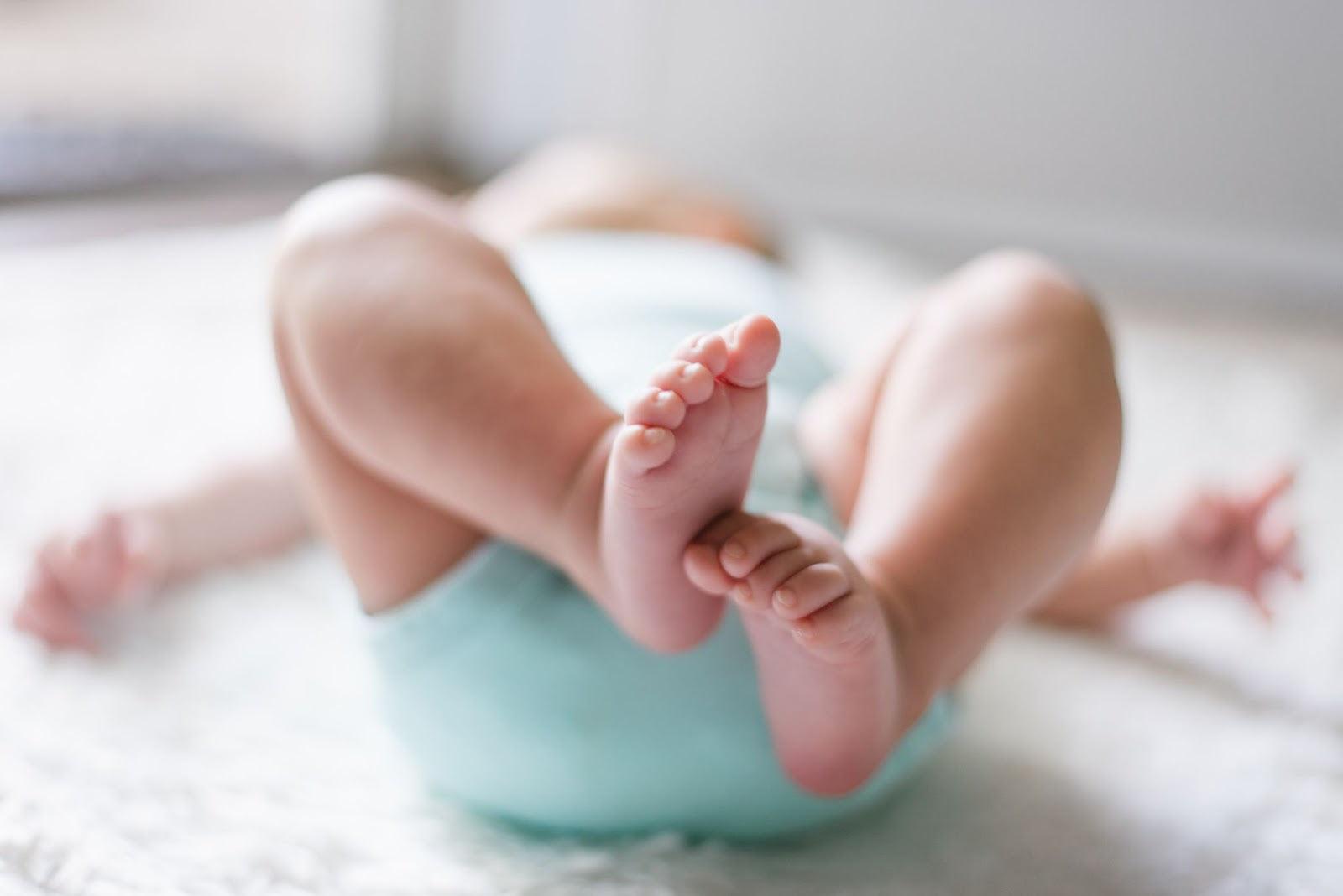
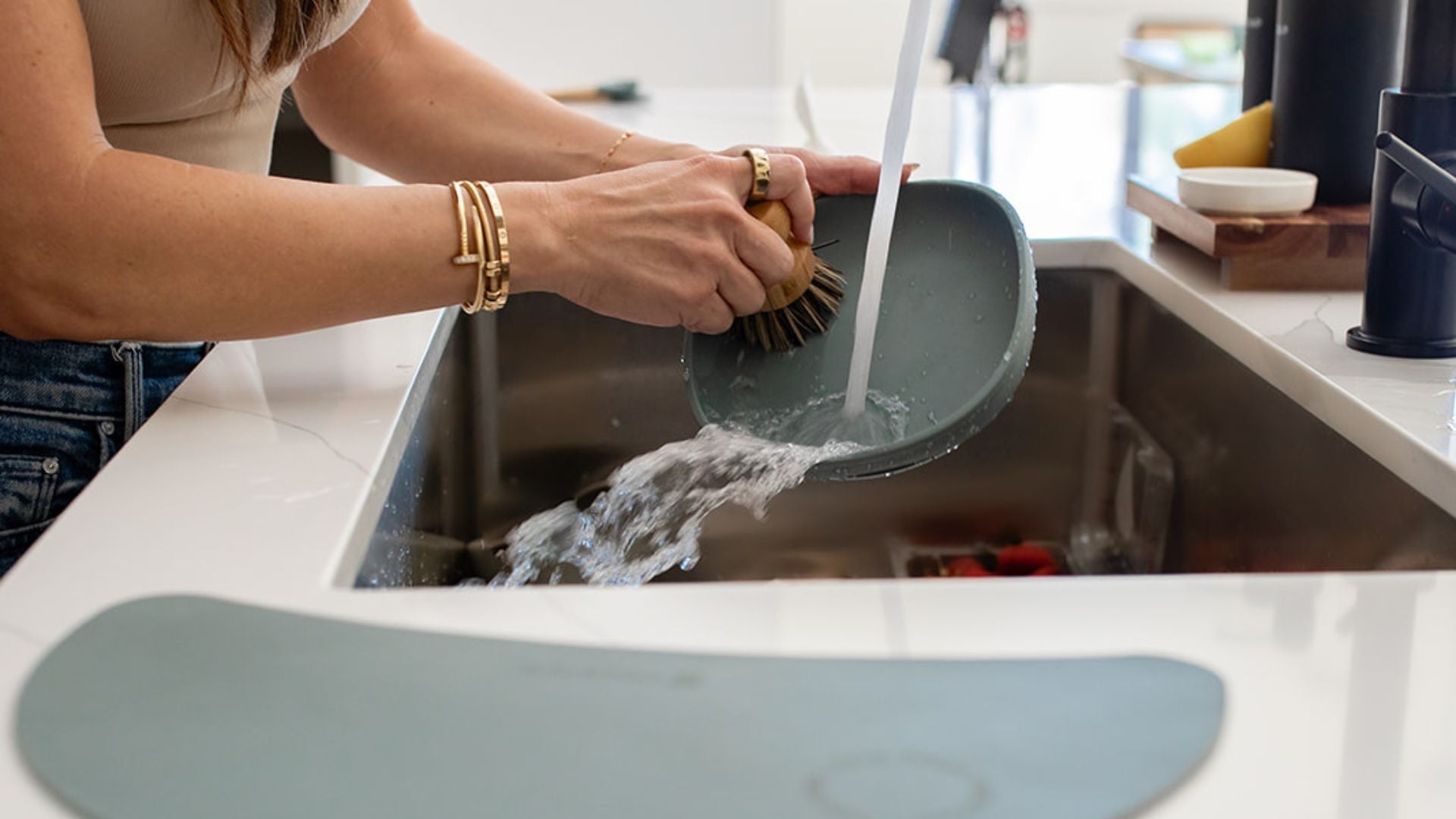
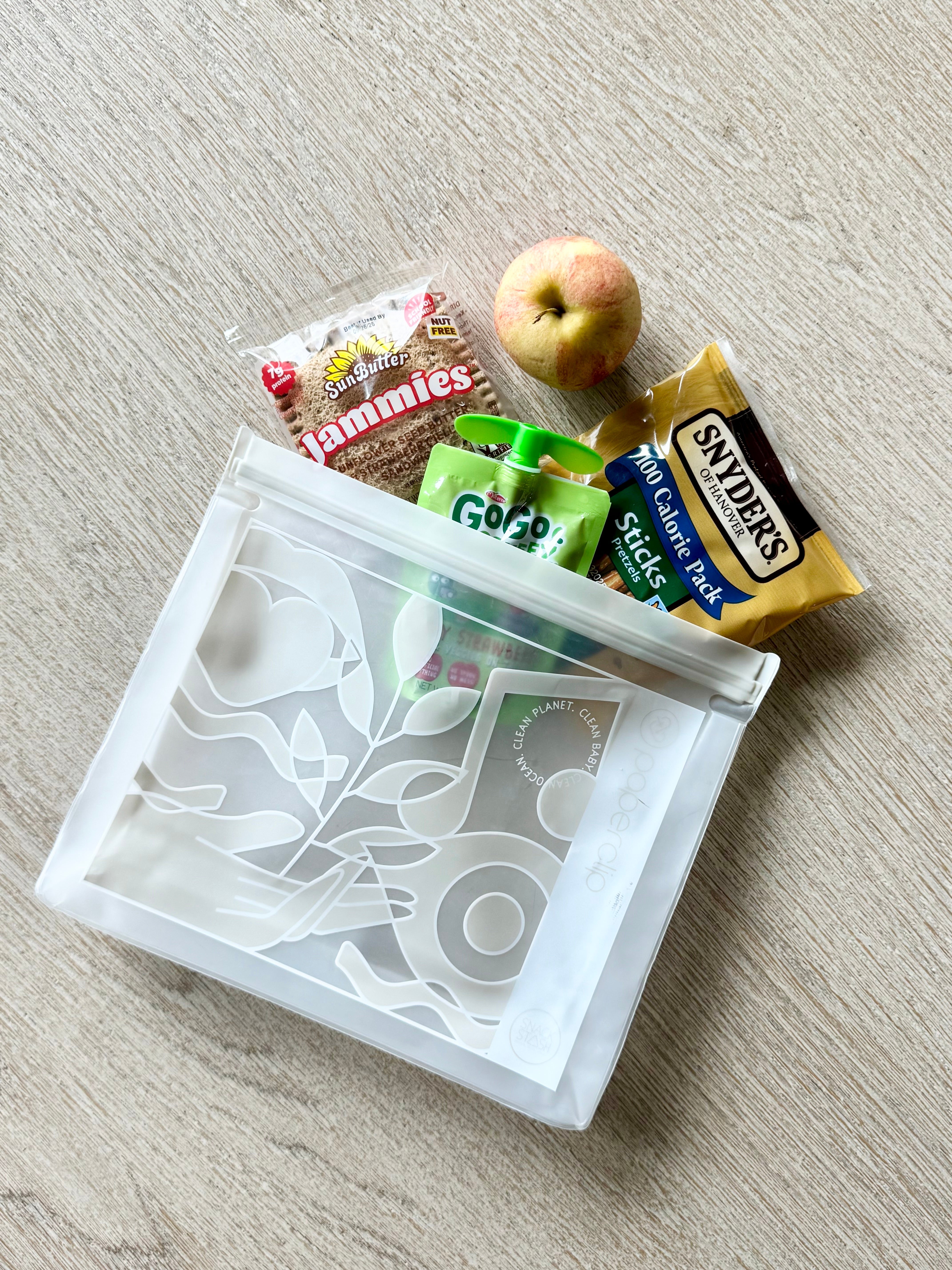
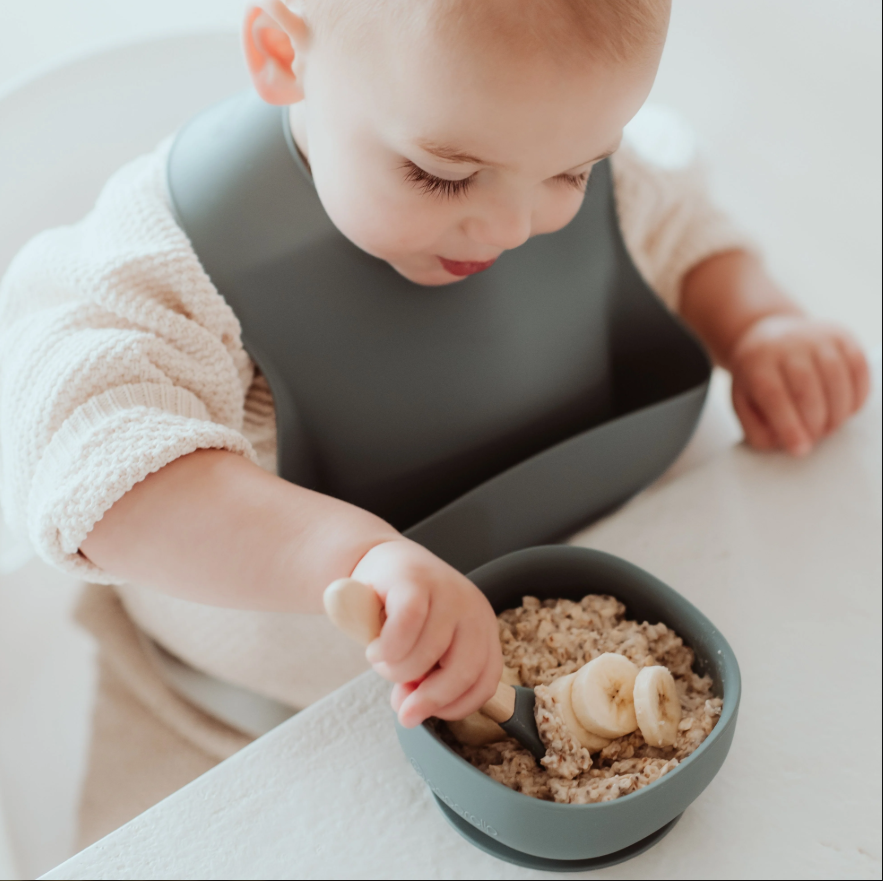

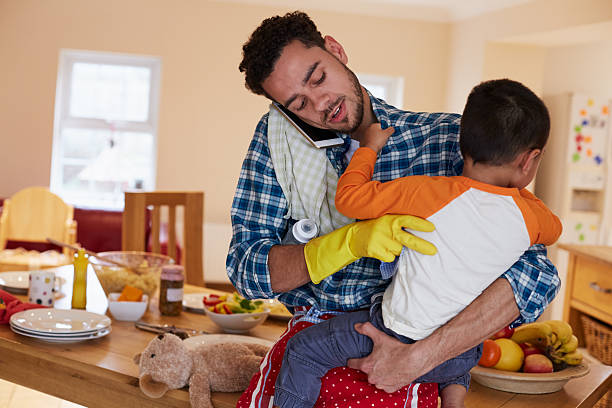
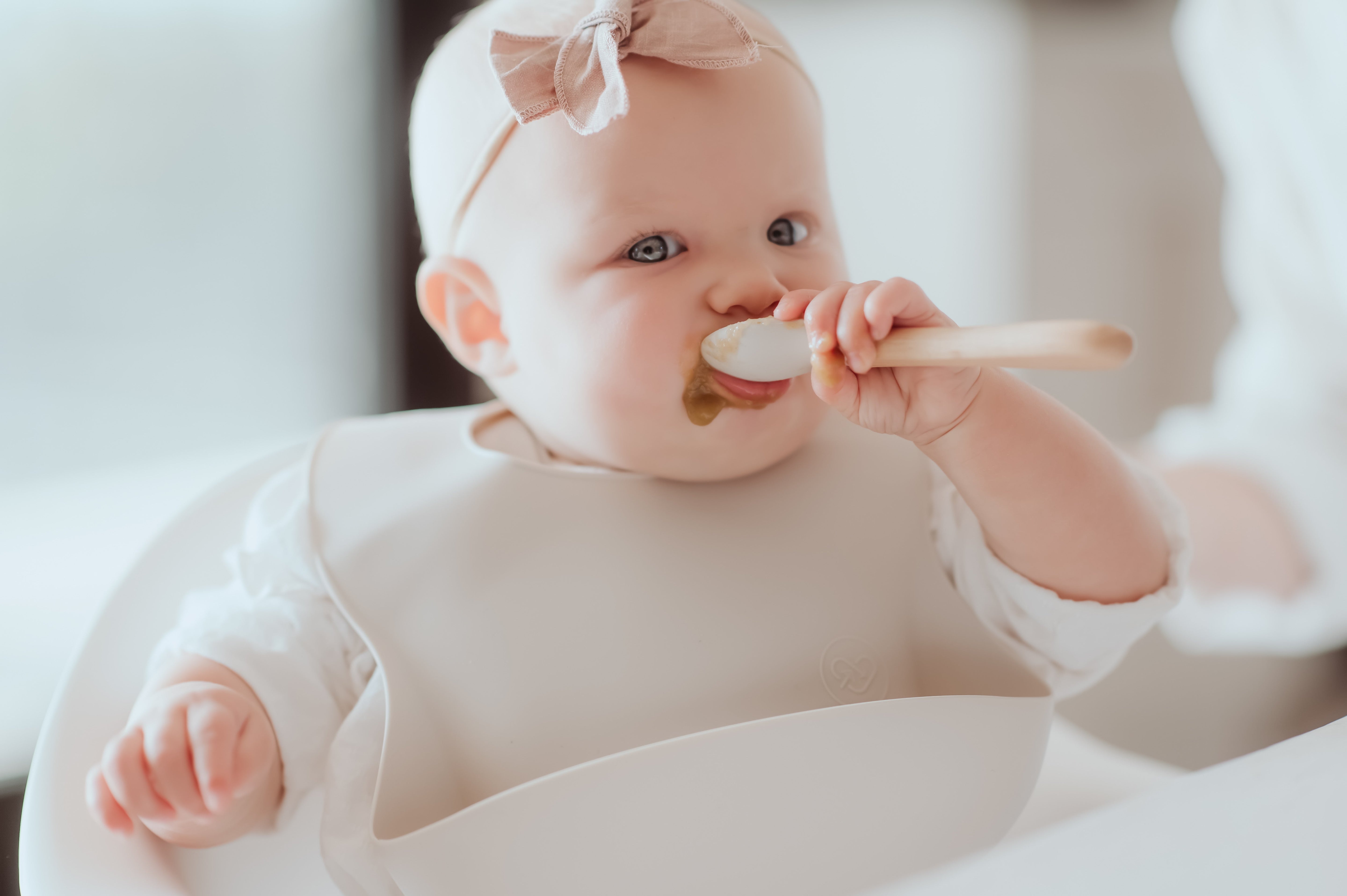
Comments
I Really enjoyed your blog very well and aslo i recommend cureka.com to buy all baby products especially Himalaya Total Care Baby Pants Diapers are a premium range of diapers that are made with natural ingredients and are clinically tested. They are designed to provide your baby with the ultimate in comfort and protection.